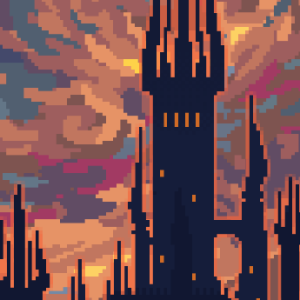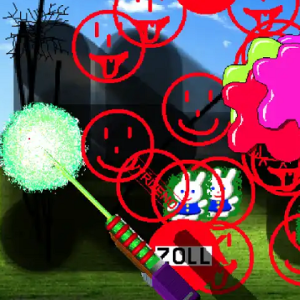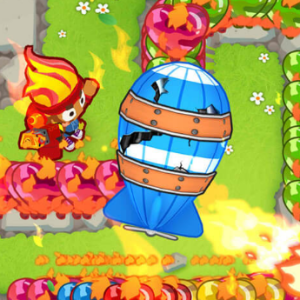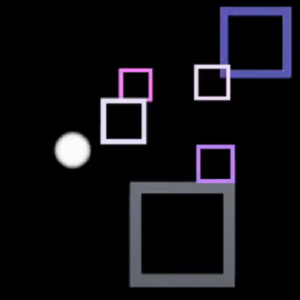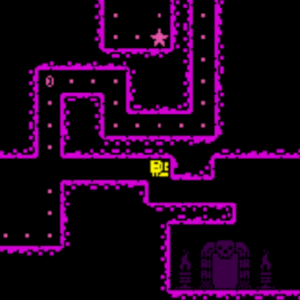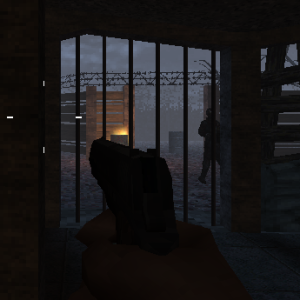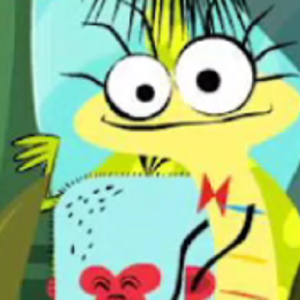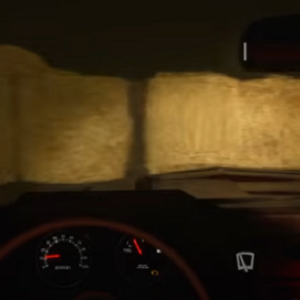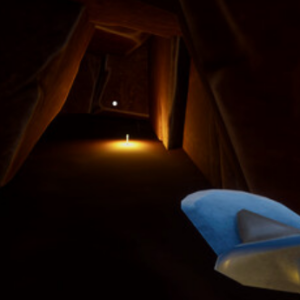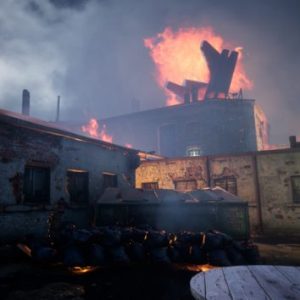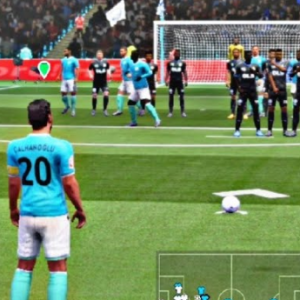Similiar games
The Dark Queen of Mortholm is a compact narrative game that places the player in the role of a queen defending her throne against a recurring challenger. The entire story unfolds within a confined space — a throne room that becomes both a battlefield and a stage for dialogue. Instead of a typical hero’s journey, the player witnesses the experience of being the opponent, the one who always waits. The queen’s reign appears secure, but each encounter questions the permanence of her authority. The setting is intentionally static, serving as a backdrop for repetition, routine, and gradual realization.
Gameplay and Structural Design
The game operates through a simple loop: the hero enters, a confrontation takes place, and an outcome follows. The player’s perspective never shifts from the throne room, and the queen’s abilities remain unchanged. Over time, however, the hero evolves, gaining strength, insight, and persistence. This gradual imbalance builds tension not through action but through inevitability. The gameplay’s minimal structure keeps focus on timing, choice, and reflection.
Interaction and Narrative Progression
The central dynamic between the queen and the hero unfolds through brief exchanges and repeated conflicts. Each cycle reveals new fragments of dialogue that alter the tone and meaning of their relationship.
The main systems include:
- Branching responses that define the queen’s stance toward the hero.
- Shifts in dialogue reflecting the number of previous encounters.
- Multiple endings tied to resistance, surrender, or acceptance.
These elements give weight to repetition, transforming every battle into a conversation about purpose. The player’s choices determine not who wins, but what the struggle ultimately means.
Visual and Audio Framework
The Dark Queen of Mortholm uses a restrained 2D presentation, keeping all action within the same visual frame. The art style emphasizes contrast: static architecture against small moving figures. Music and ambient sound play a key structural role, reinforcing each phase of the confrontation. Subtle variations in tone accompany repeated cycles, marking the passage of unseen time. There are no cutscenes or extended sequences — the strength of presentation lies in its consistency. Every return of the hero feels the same in form but different in significance, echoing the story’s central theme of change within repetition.


